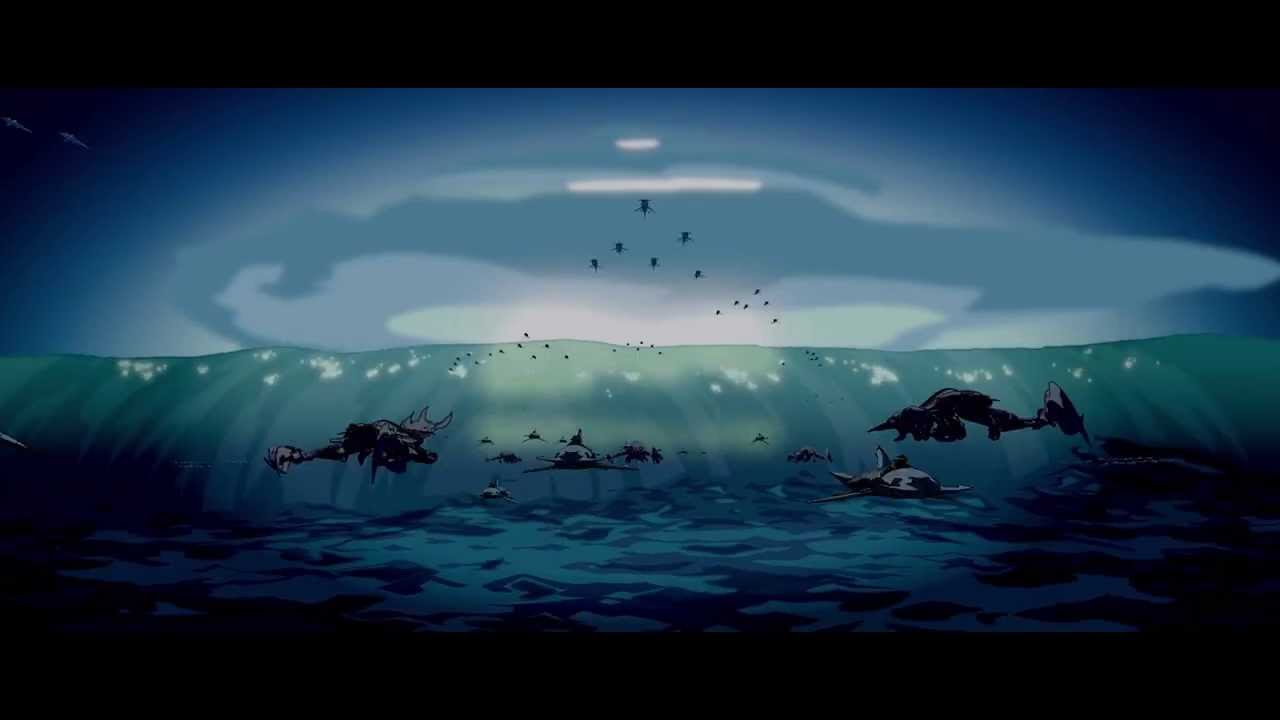I think this information can help…
The Wheel-turning Emperor (Excerpt)
Cakkavatti Sutta (DN 26)
The body of this sutta consists of a narrative illustrating the power of skillful action. The narrative states that, in the past, unskillful behavior was unknown among the human race. As a result, people lived for an immensely long time—80,000 years—endowed with great beauty, wealth, pleasure, and strength. Over the course of time, though, they began behaving in various unskillful ways. This caused the human life span gradually to shorten, to the point where it now stands at 100 years, with human beauty, wealth, pleasure, and strength decreasing proportionately. In the future, as morality continues to degenerate, human life will continue to shorten to the point were the normal life span is ten years, with people reaching sexual maturity at five. “Among those human beings, the ten courses of action (see AN 10:176) will have entirely disappeared.… The word ‘skillful‘ will not exist, so from where will there be anyone who does what is skillful? Those who lack the honorable qualities of motherhood, fatherhood, contemplative-hood, & brahman-hood will be the ones who receive homage.… Fierce hatred will arise, fierce malevolence, fierce rage, & murderous thoughts: mother for child, child for mother, father for child, child for father, brother for sister, sister for brother.”
Ultimately, conditions will deteriorate to the point of a “sword-interval,” in which swords appear in the hands of all human beings, and they hunt one another like game. A few people, however, will take shelter in the wilderness to escape the carnage, and when the slaughter is over, they will come out of hiding and resolve to take up a life of skillful and virtuous action again. With the recovery of virtue, the human life span will gradually increase again until it reaches 80,000 years, with people attaining sexual maturity at 500. Only three diseases will be known at that time: desire, lack of food, and old age. Another Buddha—Metteyya (Maitreya)—will gain awakening, his monastic Saṅgha numbering in the thousands. The greatest king of the time, Saṅkha, will go forth into homelessness and attain arahantship under Metteyya’s guidance.
The story, after chronicling the ups and downs of human wealth, life span, etc., concludes with the following lesson on kamma and skillful action.
DN 26 Cakkavatti Sutta | The Wheel-turning Emperor (Excerpt)
Chatur Yugas, the four epochs of time
The Puranas divide each cycle of creation into four divisions or epochs, called Yugas. Together, they constitute one Mahayuga (great epoch). Each Yuga has a specific time frame, a definite purpose and certain characteristic features which distinguish it from the others. Their sequence is fixed. The time frame of each Yuga varies. The four epochs are stated below.
- Satya-yuga or Satyuga, the Yuga of Truth, also called Krita-yuga, which lasted for 1,728,000 earth years
- Treta-yuga, the second Yuga, which lasted for 1,296,000 earth years
- Dwapara-yuga, the third Yuga which lasted for 864,000 earth years
- Kali-yuga, the fourth Yuga or the age of darkness, which lasted for 432,000 earth years
Thus, each Mahayuga, comprising the four Yugas, has the duration of 4,320,000 earth years. According to our scriptures the world has already passed through the first three Yugas, and currently it is passing through the fourth one namely the Kali Yuga. At the end of it, the world will come to an end in a great conflagration.
https://www.hinduwebsite.com/timecycle.asp
Learn about the mass extinction event 66 million years ago and the evidence for what ended the age of the dinosaurs.
Dinosaur extinction facts and information | National Geographic
Dinosaur - Wikipedia



